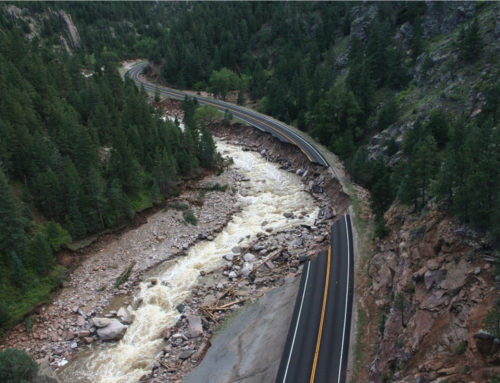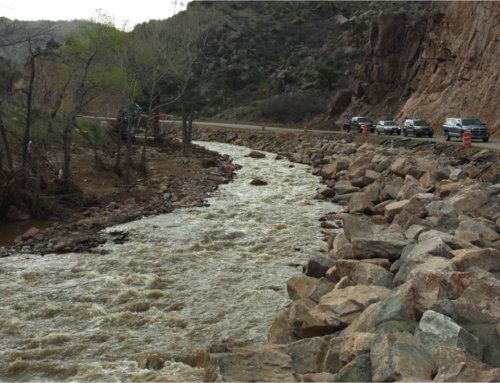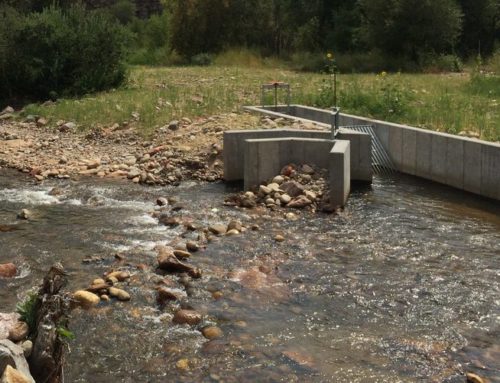Project Description
TECHNICAL ASSISTANCE
IN A DISASTER RECOVERY SETTING
MULTI-OBJECTIVE
Channel complexity
Floodplain storage
Riparian restoration with diverse native species
Installation of wood into the aquatic ecosystem,
Irrigation diversions constructed for safe recreational boating and upstream fish
passage
Utilization of complex sediment transport programs for reduced deposition at bridge
crossings
Creative bank stabilization techniques
Watershed-Based Disaster Recovery
The Resilience Planning and the Watershed Resilience Pilot Programs were specifically designed to promote resiliency through regional and cross-sector collaboration, engagement of the public at large, and to develop and implement plans and projects that
reduced community risk, restored or enhanced the environment, promoted economic and community development, promoted the development of affordable housing, implemented fair housing practices and/or enhanced the quality of life.
Central to the success of program planning was the early cross-agency partnership between the Department of Local Affairs (DOLA) and the Colorado Water Conservation Board (CWCB). A Technical Assistance Team (TA Team) was procured to provide State of Colorado program managers with technical insight into the latest river science and appropriate best management practices to achieve ambitious
resiliency goals as prioritized by the communities in each watershed.
The Watershed Resiliency Program was a first-ever pilot program designed to change the paradigm of how flood management strategies are implemented. This program utilized a watershed approach to replace traditional “band-aid”, channel-constraining practices and replace them with the latest river science. Strong leadership is essential to build resiliency into floodplain management and it needs to come at all levels of disaster recovery.
The TA team has demonstrated its ability to advise on cost-effective and innovative technical solutions to build resiliency into the State’s floodplains and river systems through advanced techniques. Many of the projects constructed during the recovery process can now be used as showcases for future projects. It is the hope that those techniques will now become the “new normal” in resilient watershed restoration.
The Role of the Technical Assistance Team
- Master Plans
- Coalition Building
- Recruitment of Volunteers
- Innovation
- Economic Development and Ecosystem Services
- Economic Development and Ecosystem Services
- Irrigation Improvements
- Education & Outreach
- Design Review
- Construction Oversight
- Defining Success
- Historic, Land Use & Climate Impacts








